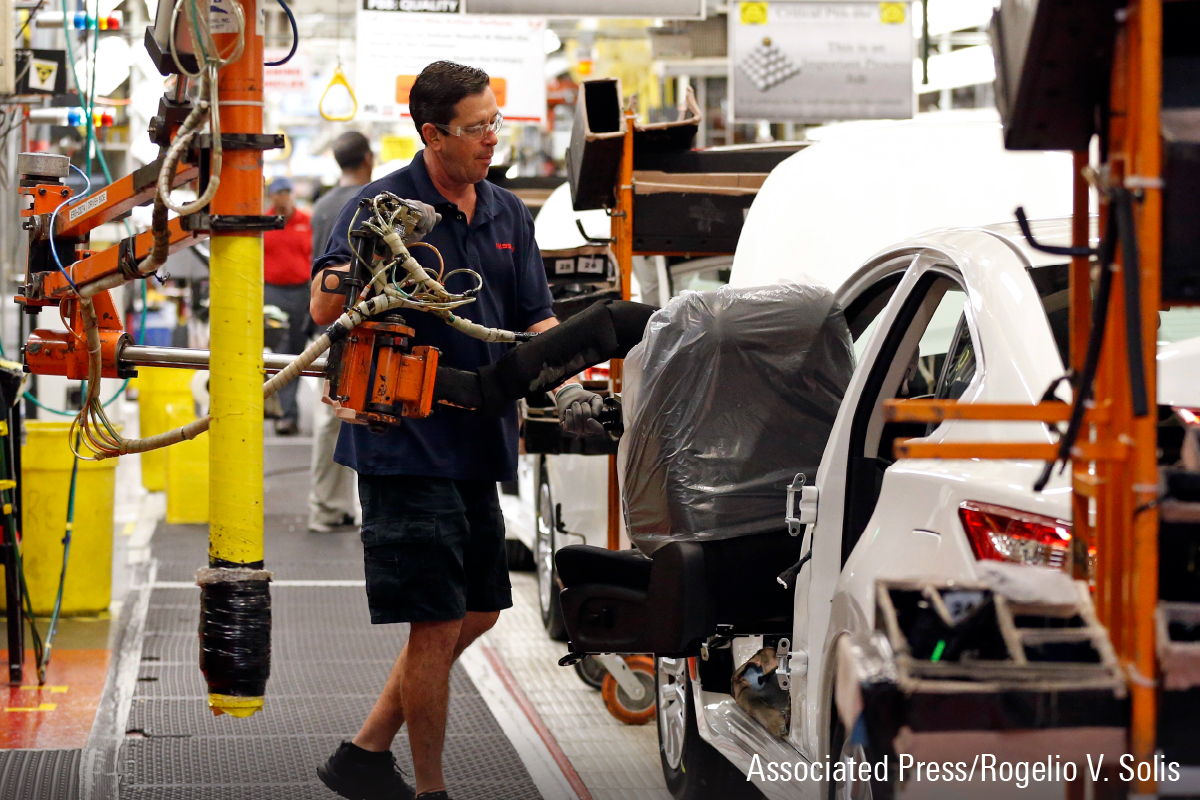Ruth Saldanha: Costs to expand the Canadian government-owned Trans Mountain Pipeline have skyrocketed and as a result, we, the Canadian taxpayers, could end up with a loss of $20 billion. Morningstar analyst, Stephen Ellis, expects that if the government tries to sell the pipeline, it's unlikely to get anything more than $15 billion and possibly much less. He's here to tell us what's going on. Stephen, thank you so much for being here today.
Stephen Ellis: Thank you. I'm glad to be here.
The Trans Mountain Pipeline Has Had a Number of Setbacks…
Saldanha: So, first up, refresh our mind. What's happening with the Trans Mountain Pipeline?
Ellis: Yes. So, the Trans Mountain Pipeline is a really critical pipeline for moving oil barrels to the West Coast for export. And it's a very valuable export channel for Canadian barrels. So, it's very useful from a market perspective as alternative to transporting barrels all the way down to the Gulf Coast. So, it has been making very slow progress towards being in service in early 2024, but it has also dealt with a number of setbacks particularly and hence the costs have spiked materially.
… And It Costs 6X What the Canadian Government Paid for It.
Saldanha: You mentioned that these costs have spiked. Now, back in 2018, the government paid a little under $5 billion, but now we are seeing more than six times that number. What gives?
Ellis: Yeah, it's a very long list of issues unfortunately. Inflation is certainly one, COVID-19 delays (indiscernible) supply chain challenges, floods, terrain issues, water disposal costs, among other issues. So, it would just – I don't want to say it's a perfect storm because these issues are common to a number of pipelines when they are built – but it was certainly extremely challenging project for the Canadian government to take on.
The Trans Mountain Pipeline Is a Substantial Loss for the Canadian Government
Saldanha: So, what happens next?
Ellis: So, right now, the pipeline still had about another 20% left to be completed, nearly 80% done. And as you know, on the last 20%, it's usually the hardest. So, we do think it is likely that it can meet its construction deadlines and be in service in 2024, but we also see the potential for higher cost because there's so much left to do still. The challenge, of course, though, is the government has made very clear it want to sell the pipeline. However, using very generous assumptions about what we think the pipeline might earn, we think it may attain at the most maybe $15 billion Canadian with the potential for lot less.
And that means obviously there's a pretty substantial loss for the Canadian government there. The problem is the Canadian government may be looking at tax revenues, employment and GDP-type impact and those all very positive things. But from an investment perspective, investment is looking at what is the bottom line. The challenge is that the pipeline is 80% contracted and those shipping rates are sort of locked in. So, the remaining 20% of that pipeline are the only one that can really be set to potentially the market rates and allow the earnings to be higher.
The problem is there on that remaining uncontracted 20% is that Enbridge (ENB) is competing. And it essentially means that the rates that Trans Mountain capped by trying to compete with Enbridge. And Enbridge has a far more efficient system. It is moving roughly four times the amount of barrels on the same rate base. So, the best-case scenario for the government is that perhaps the consortium can bid for the project and there could be four or five different companies. Pembina has talked about potentially bidding as a part of that consortium. And why we want more companies to bid is that because the pipeline cannot be expanded, it means that the best opportunities are going to be adding incremental assets to the system like storage. So, the more companies are bidding, the more assets that can be potentially included as earnings potential. Even with that case, though, we still think the government likely could take a material loss on this.
Which Canadian Energy Stock Should You Buy Right Now?
Saldanha: Now, with this said, energy has had a pretty good couple of years. At this point, do you still see any opportunities in Canadian energy and are there picks that you like right now?
Ellis: Yeah. So, one of the firms that we do really like at the moment is TC Energy (TRP), which is currently 4 Stars. And we tend to think that it has really been struggling with a lot of bad press lately in terms of its high-profile Coastal GasLink project, which has also had substantial overruns. However, we do think with those cost overruns largely in the past, we think investors can focus on the core high-quality business and ample growth opportunities. There's U.S. LNG potential where TC Energy is potentially going to grow its market share to 35% over the next few years from 25% today. There's Mexican gas opportunities which TC Energy expects earnings can more than double over the next couple of years. And finally, Bruce Power also offers ample renewables, hydrogen and carbon capture opportunities as well. So, we think that is potentially a very attractive opportunity right now.
Saldanha: Great. Thank you so much for joining us with your perspective, Stephen.
Ellis: Absolutely. Thank you very much for having me.
Saldanha: For Morningstar, I'm Ruth Saldanha.









:quality(80)/cloudfront-us-east-1.images.arcpublishing.com/morningstar/RZFNNTX73BFEFFVRRAFYC6OEOQ.png)












